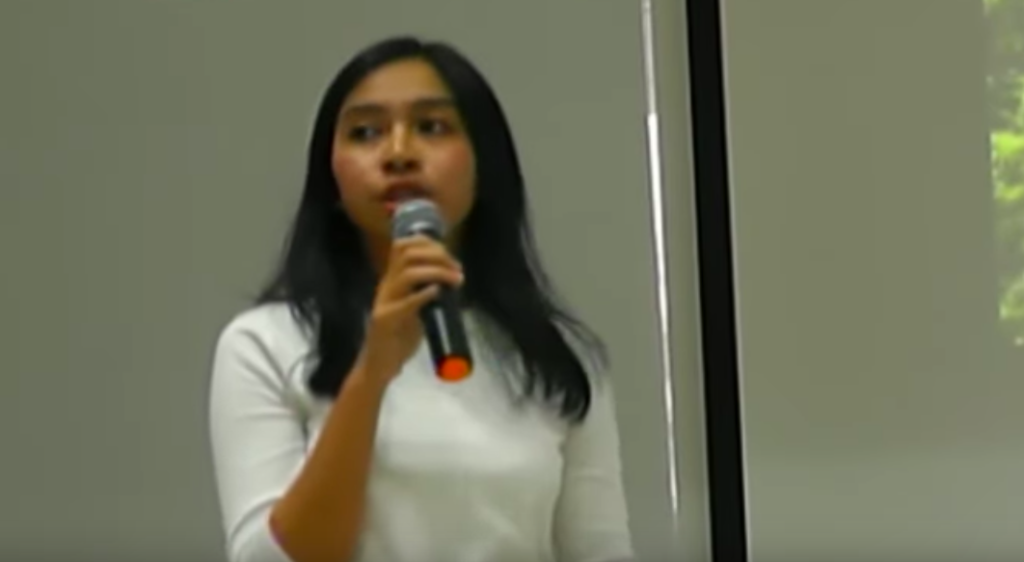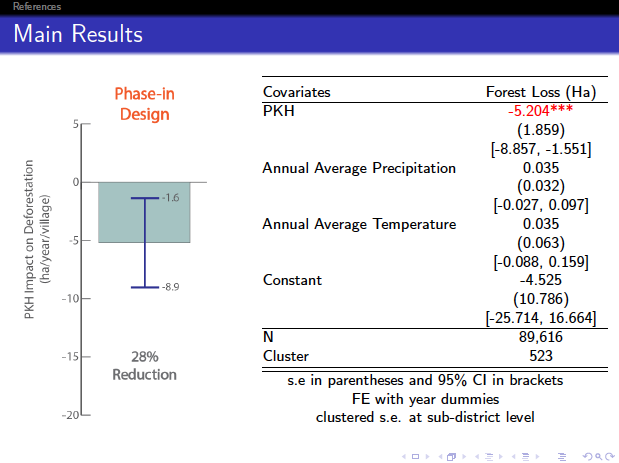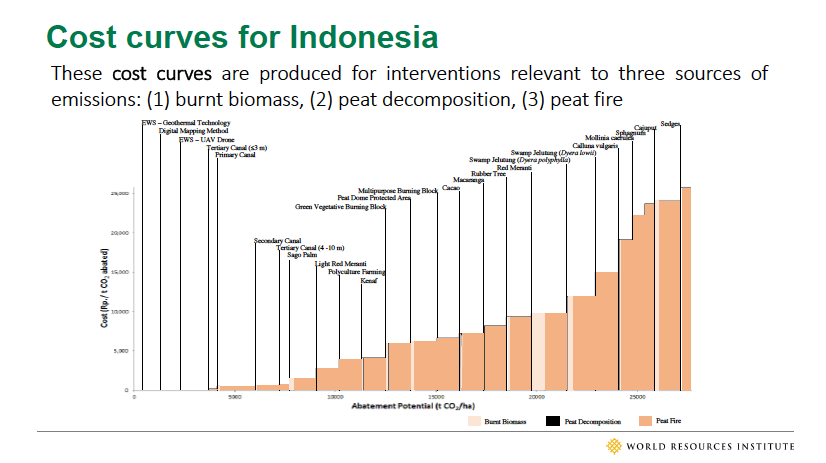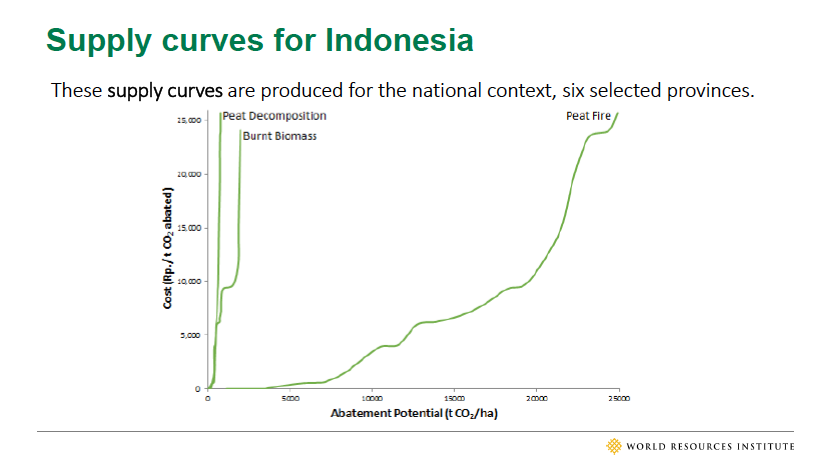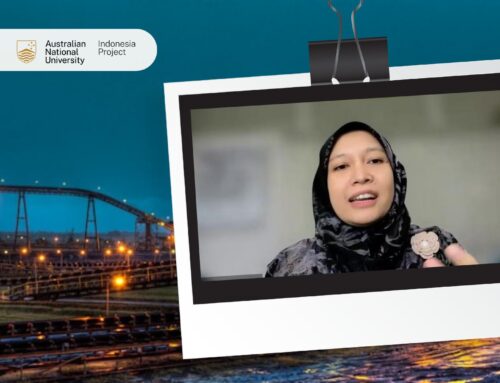Economic development and ecological conservation are often seen as two conflicting matters. However, economic concepts may actually promote conservation and assist policymakers in choosing suitable interventions. On Thursday, 10 January 2019, World Resources Institute Indonesia (WRI Indonesia) hosted a FKP event at UI Salemba regarding conservation strategies for forest and peat in Indonesia.
Rhita Simorangkir (The Center for Economic Research and Graduate Education – Economics Institute or CERGE-EI) started off the event with a presentation of her research entitled “Poverty alleviation can be an effective conservation strategy”. Using village-level data from BAPPENAS and average temperature and precipitation data from NASA, Rhita focused on the unintended positive impact of Indonesia’s conditional cash transfer program, Program Keluarga Harapan (PKH) on the rate of deforestation. Rhita found that there is a 28% reduction of deforestation (equivalent to around 5.2 hectares of forest cover) in villages that received PKH early. Earlier PKH cohorts are also linked to more reductions of deforestation. The logic behind this finding is that cash transfers replace the role of forests as income insurance, thus helping recipients to smoothen their consumption and consequently reduce the need to deforest.
Representing WRI Indonesia, Rona Yurismono presented her research conducted with Sonny Mumbuan (WRI Indonesia and Research Center for Climate Change Universitas Indonesia) regarding the cost and supply curves for peat conservation and restoration in Indonesia. Rona explained that peat emissions are equivalent to up to 40% of mean annual global carbon emissions from fossil fuels, which makes it imperative for the government to assess suitable peat conservation and restoration intervention options in Indonesia. To do this, WRI Indonesia ranked some policy options based on the preferences of peat stakeholders and chose several of the top ranked options that are quantifiable. The cost and supply curves for these selected policies are then calculated and derived for three emission sources—burnt biomass, peat decomposition, and peat fires—and scaled to account for sub-national differences.
For the complete presentation and Q&A session, please refer to the video and materials provided.
